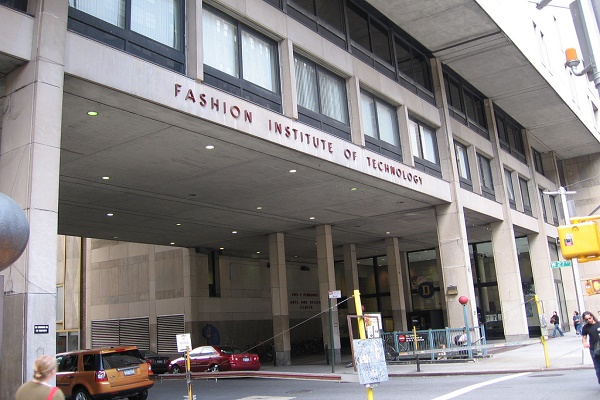
Fashion Institute of Technology: A Global Leader in Fashion Education
The Fashion Institute of Technology (FIT) stands as a prestigious institution known for its excellence in fashion education. Founded in 1944, FIT has evolved into a global leader, providing comprehensive programs in design, business, technology, and related disciplines. With its state-of-the-art facilities, distinguished faculty, and industry partnerships, FIT continues to shape the future of the fashion industry. This article explores FIT’s rich history, its academic offerings, campus culture, and its significant contributions to the fashion world.
History and Legacy
FIT’s origins can be traced back to the early 1940s, during the height of World War II, when the fashion industry faced challenges due to limited resources and the disruption of international trade. In response to the industry’s needs, FIT was established as an institution that would educate and train professionals in various aspects of fashion. From its modest beginnings, FIT quickly gained recognition and expanded its curriculum to cater to the evolving needs of the industry.
Over the years, FIT has built a strong reputation for producing highly skilled graduates who have made significant contributions to the fashion industry. The institute’s commitment to innovation, creativity, and professionalism has been a driving force behind its success. Today, FIT alumni can be found in prominent positions in fashion houses, design studios, retail corporations, and entrepreneurial ventures around the globe.
Academic Programs
FIT offers a wide range of academic programs that cater to the diverse interests and career aspirations of aspiring fashion professionals. The institute provides both undergraduate and graduate programs, allowing students to immerse themselves in a comprehensive educational experience.
The School of Art and Design at FIT offers degree programs in fashion design, textile and surface design, jewelry design, and accessories design. These programs provide students with a strong foundation in design principles, technical skills, and the ability to think critically and conceptually. Students have the opportunity to showcase their work through annual fashion shows and exhibitions, gaining valuable exposure and recognition within the industry.
FIT’s School of Business and Technology offers programs in fashion business management, advertising and marketing communications, and international trade and marketing for the fashion industries. These programs equip students with the knowledge and skills required to navigate the complex business landscape of the fashion industry. Courses cover topics such as merchandising, retail management, brand development, fashion marketing, and supply chain management.
Additionally, FIT offers programs in fashion photography, illustration, communication design, interior design, and cosmetics and fragrance marketing. These interdisciplinary programs allow students to explore various facets of the fashion industry and develop a well-rounded skill set.
Industry Partnerships and Internship Opportunities
FIT’s strong connections with the fashion industry provide students with unparalleled opportunities for internships, collaborations, and networking. The institute has established partnerships with renowned fashion brands, retailers, and industry organizations, ensuring that students gain exposure to real-world experiences and industry insights.
Through its Career and Internship Center, FIT facilitates internships with leading fashion companies, allowing students to apply their classroom knowledge in practical settings. These internships often serve as a launchpad for future employment opportunities, as students develop industry connections and demonstrate their skills and professionalism.
Campus Culture and Resources
FIT boasts a vibrant campus culture that celebrates creativity, diversity, and individuality. The campus is a hub of artistic expression, with students showcasing their unique fashion sense through their personal style and projects. The institute organizes a variety of events, including exhibitions, fashion shows, guest lectures, and workshops, fostering a dynamic learning environment.
FIT’s facilities are designed to support students’ creative pursuits. The campus houses state-of-the-art design studios, laboratories, and workshops equipped with the latest technology and industry-standard equipment. The Gladys Marcus Library provides a vast collection of fashion-related resources, including books, journals, digital archives, and specialized databases, to support research and learning.
Conclusion
The Fashion Institute of Technology stands as a beacon of excellence in fashion education, preparing students for successful careers in the global fashion industry. With its rich history, diverse academic programs, strong industry partnerships, and vibrant campus culture, FIT continues to shape the future of fashion. As the industry evolves, FIT remains at the forefront, adapting its curriculum and programs to meet the changing needs and demands of the fashion world. With its commitment to innovation, creativity, and professionalism, FIT empowers students to become the next generation of fashion leaders, ensuring that the institute’s legacy endures for years to come.











